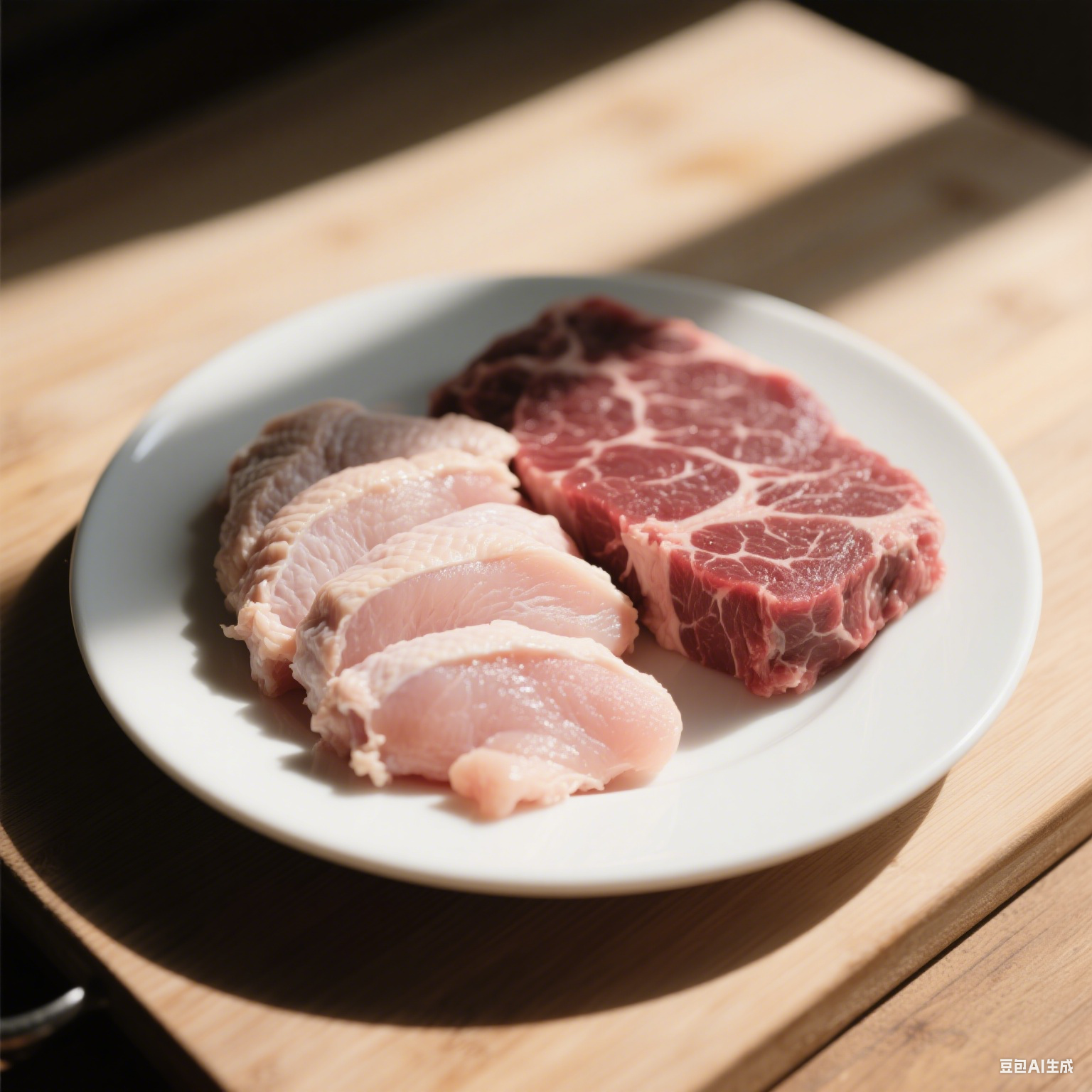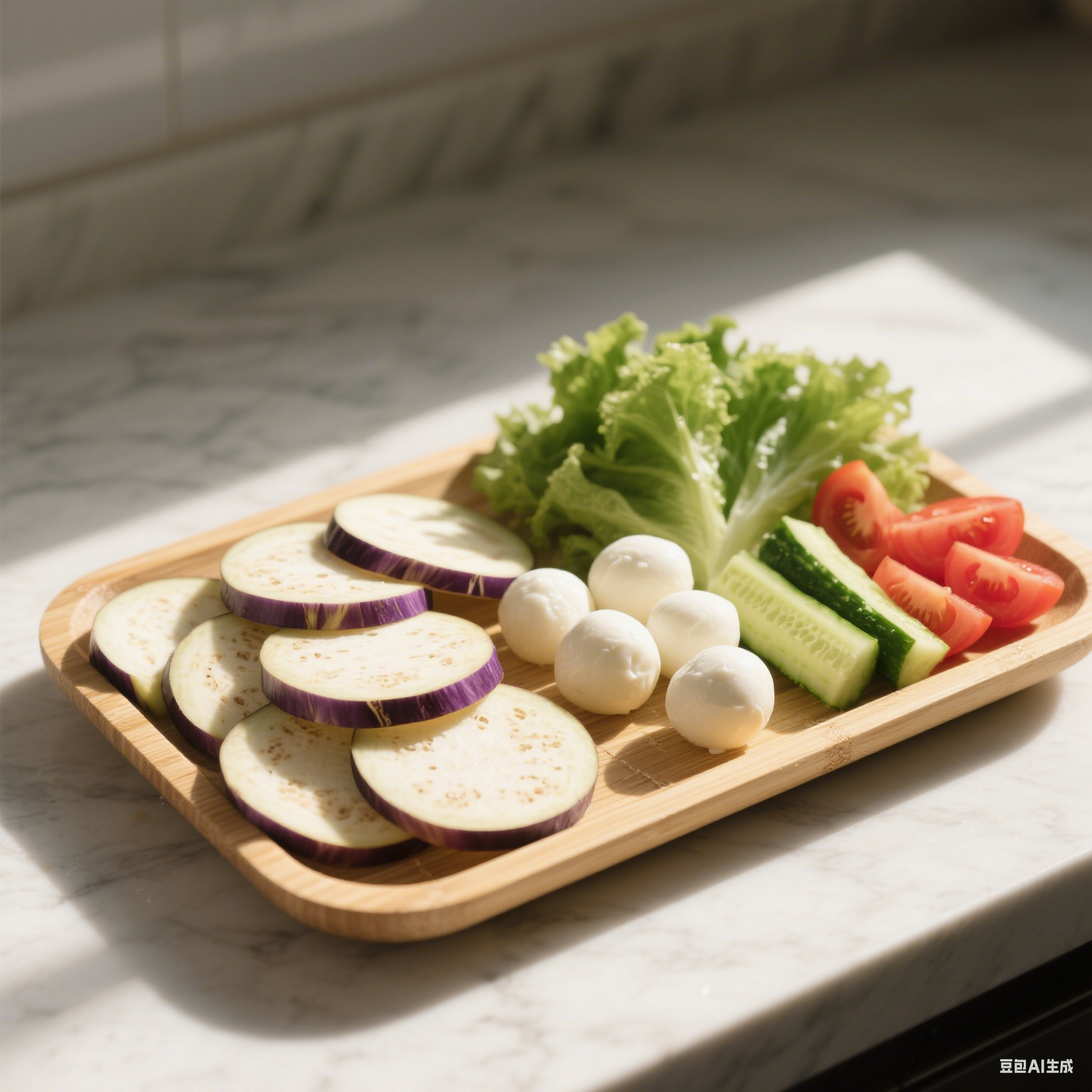- Home /
- solutions /
- meat product processing /
- Chicken nugget
Chicken nuggets
Industrial Chicken Nugget Production: A Brief Overview
Industrial chicken nugget production is a highly automated process transforming raw chicken into the uniform, convenient products we know. Here’s a condensed look at the key stages:
-
Raw Material Preparation: Deboned chicken meat (primarily breast and thigh) arrives chilled or frozen. It’s ground into a fine paste or “chicken slurry.” Seasonings, binders (like starch), and sometimes fillers or moisture retainers are precisely mixed in.
-
Forming: The seasoned chicken mixture is pumped into molds under pressure, shaping it into the characteristic nugget forms (round, dinosaur, etc.).
-
Breading & Batter Application (Coating): Formed nuggets move along a conveyor. They first pass through a liquid batter (flour, water, seasonings) and then into a breading applicator, coating them evenly with crumbs (flour, cornflour, spices) for texture and flavor.
-
Par-Frying (Pre-Cooking): The coated nuggets travel through a hot oil bath (typically vegetable oil) for a short time (30-90 seconds). This sets the coating, partially cooks the interior, and develops color and flavor. It’s not fully cooking them yet.
-
Flash Freezing (IQF): The par-fried nuggets are rapidly frozen using Individual Quick Freezing (IQF) tunnels (very cold air, around -30°C to -40°C). This freezes each nugget solid individually very quickly, preserving quality, texture, and food safety by minimizing ice crystal formation.
-
Packaging: Frozen nuggets are automatically weighed, portioned, and packed into bags or boxes. Modified Atmosphere Packaging (MAP), replacing oxygen with nitrogen/CO2, is often used to extend shelf life and prevent freezer burn.
-
Distribution: Packaged nuggets are stored in cold warehouses at -18°C or below and shipped to retailers or food service distributors.
Key Considerations: Hygiene and food safety (HACCP principles) are paramount throughout. Strict temperature control, especially during freezing and storage, is critical for safety and quality. The process prioritizes efficiency, consistency, shelf-stability, and meeting specific consumer taste/texture expectations.



